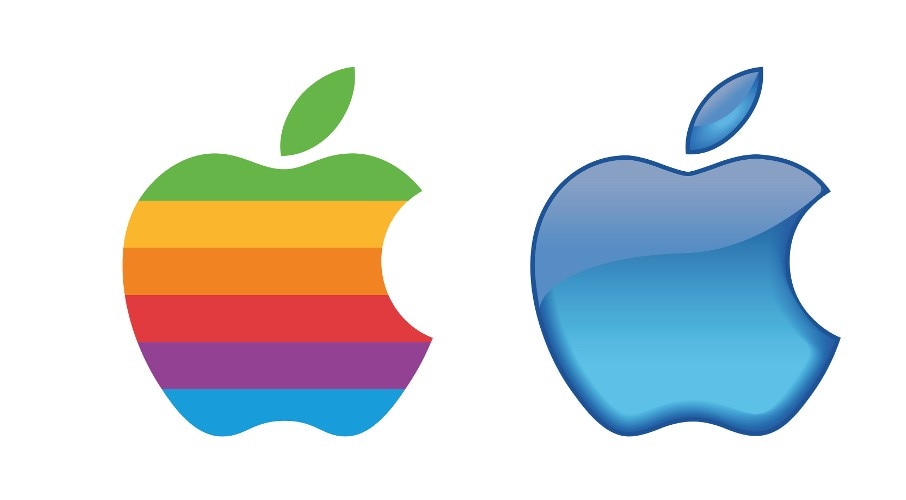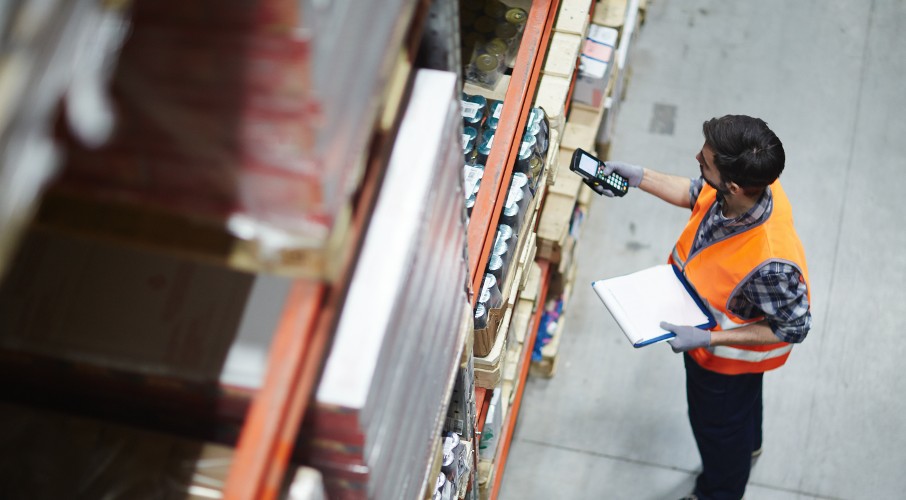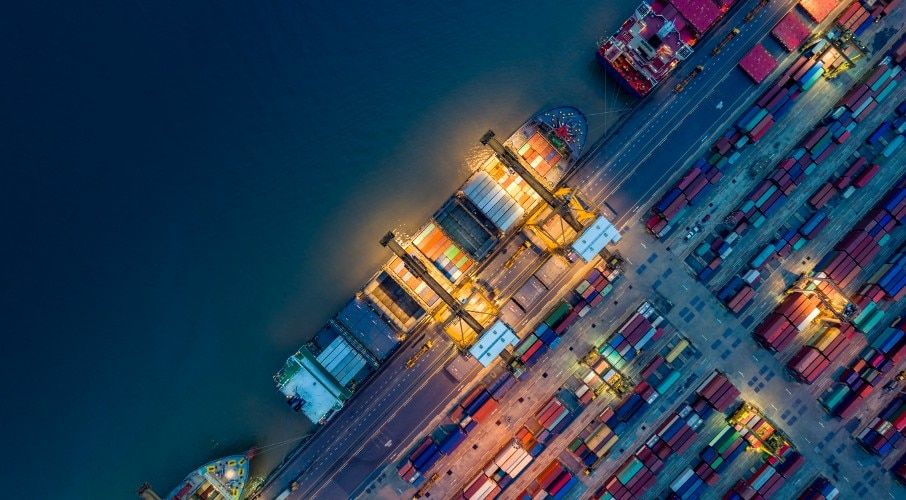Apple is famous for its innovation and design. But few people know that the way Apple handles inventory is also a factor that led to success. As a matter of fact, Apple’s Supply Chain has led Gartner's Supply Chain Top 25 list since 2013.
Tim Cook, the current CEO of Apple, a company that reached $260.17 billion in revenues in 2019, was previously the company’s Chief Operations Officer. He joined Apple in 1998, the same time Steve Jobs re-entered the company, and he transformed Apple’s messy operations into a success, becoming COO in 2005 and CEO in 2011.
Tim Cook believes that when it comes to technology such as smartphones, tablets and laptops, inventory deprecates very, very quickly, losing 1-2% of its value each week - “inventory is fundamentally evil” he says.
Back in 2011, a comparison of how tech companies manage their inventory showed Apple was performing much better than Dell, HP, Blackberry (RIM) and Motorola. Using the Inventory Turnover formula that shows how many times a company’s inventory can be sold and replaced over a specific time period (so the higher the number the better), in 2011 Apple performed 2 times better than Dell, 5 times better than HP, 4.5 times better than Blackberry, and 5.5 times better than Motorola.
Apple's annual inventory peaked in 2017, with a value of $4.8 billion. In 2018, the company saw an 18.52% decline year-over-year but they bounced back quickly and they had $3.8 billion in inventory in 2019, a 3.79% increase over 2018.
















